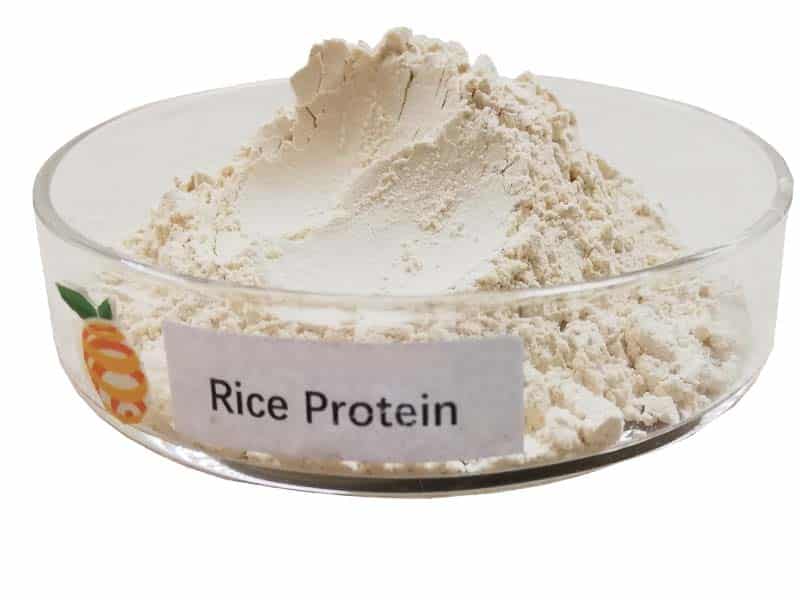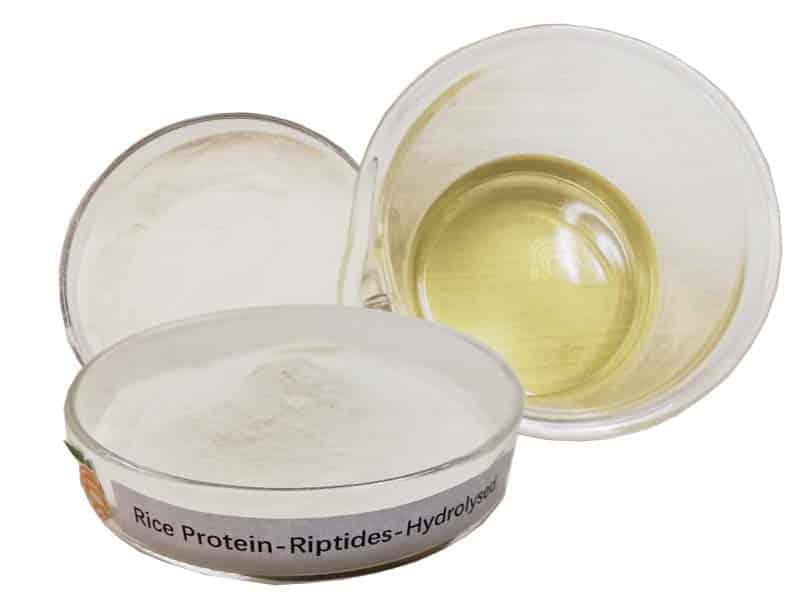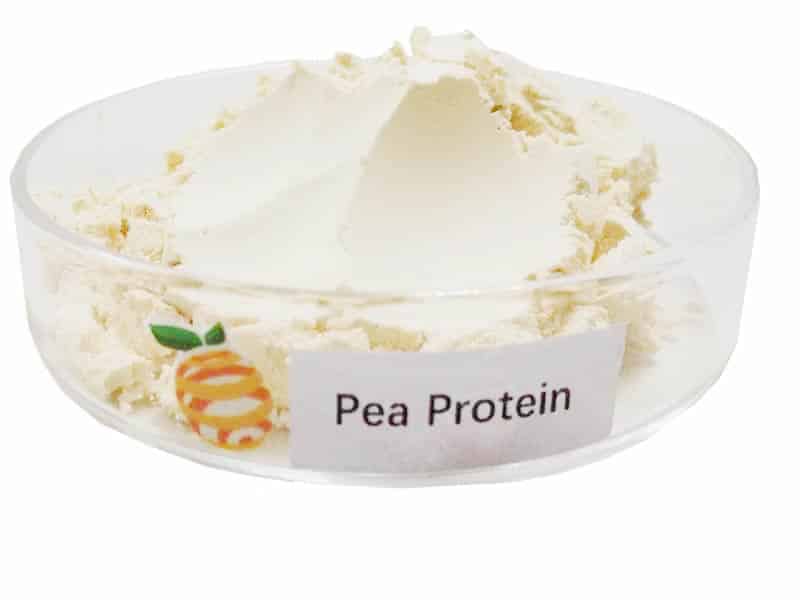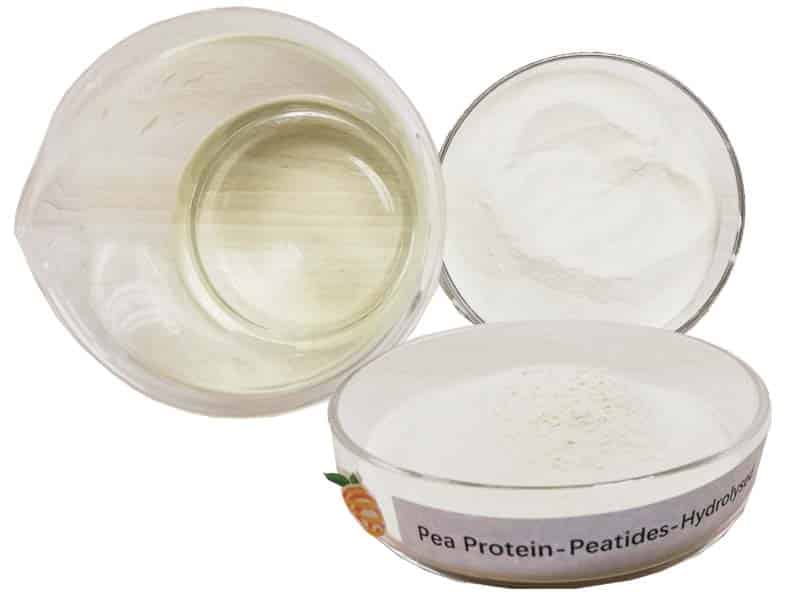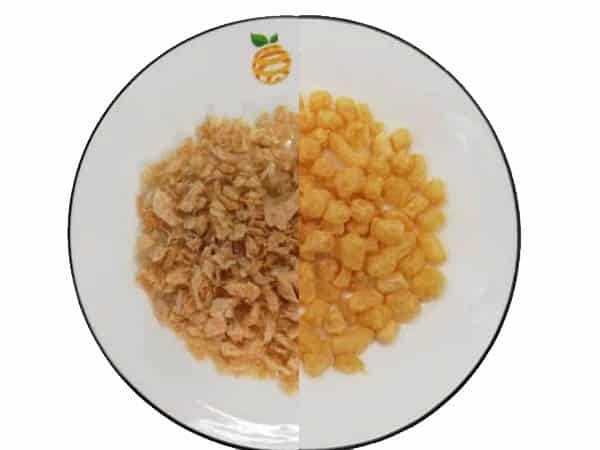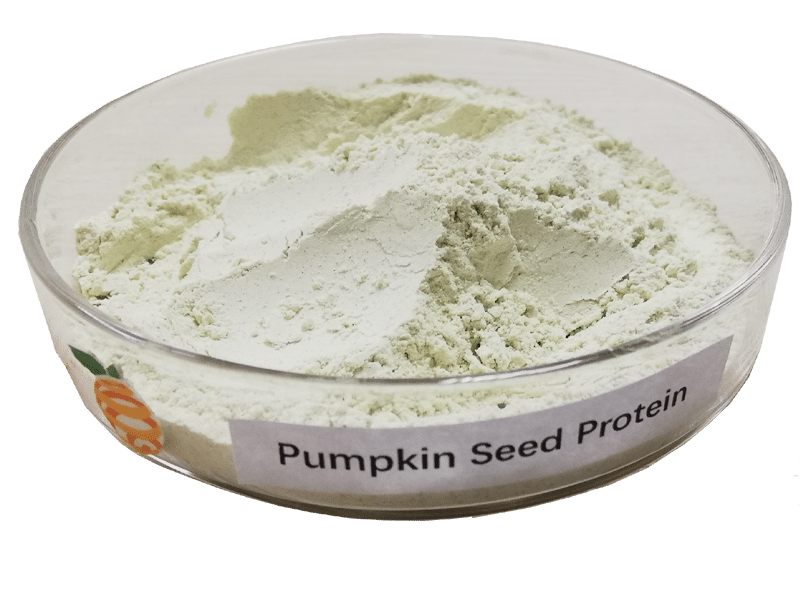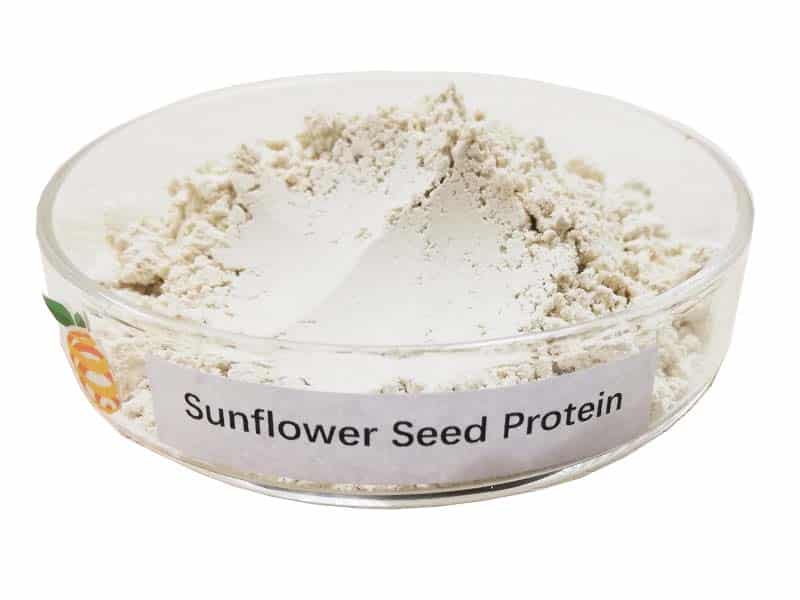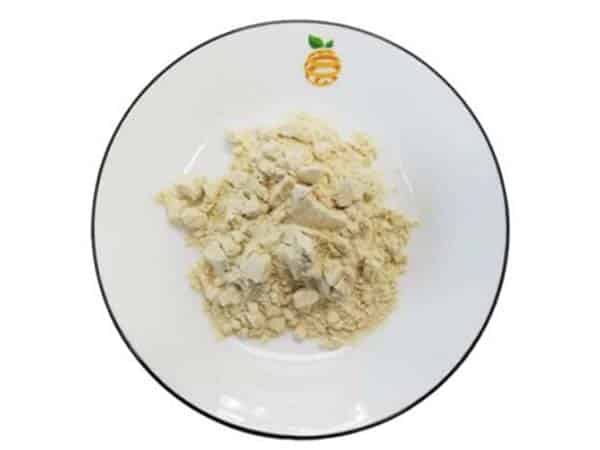Quantitative Identification Of Rice Adulteration Based On Near-Infrared Spectroscopy Technology
Exploring NIR spectroscopy combined with chemometrics to detect rice adulteration, enhancing food safety with high accuracy and rapid quantitative identification methods.
In view of the two common rice adulteration phenomena currently on the market, quantitative analysis models for the adulteration of low-grade rice and the adulteration of mineral oil in rice were established using near-infrared spectroscopy technology combined with chemometrics methods. Prepare rice samples with different adulteration ratios, collect their near-infrared spectra, and use four methods: standard normal variable transformation, maximum and minimum normalization, smoothing and first-order derivatives to preprocess the original spectra, respectively combined with partial least square Multiply to establish a PLS quantitative analysis model. The optimal preprocessing method selected by comparing the modeling results is maximum and minimum normalization. The correlation coefficients of the correction set and prediction set of the established low-grade rice model are 0.9698 and 0.9845 respectively, and the root mean square errors are 8.66 and 6.46 respectively; The correlation coefficients of the calibration set and prediction set of the mineral oil-doped rice model are 0.9739 and 0.9888 respectively, and the root mean square errors are 0.106 and 0.0698 respectively. The prediction accuracy and stability of the model are both very good, achieving rapid and accurate quantitative identification of two types of adulterated rice, and providing a new method for rice quality monitoring.
Introduction to Rice Adulteration Detection
Rice, as one of the staple foods worldwide, is essential to the diet of billions of people. However, the adulteration of rice with lower-grade varieties and the contamination with substances such as mineral oil poses significant food safety and quality concerns. Addressing these issues requires innovative and efficient detection methods. This paper presents a groundbreaking approach utilizing near-infrared (NIR) spectroscopy technology combined with chemometrics methods to establish quantitative analysis models for identifying these two common types of rice adulteration.
Significance of Detecting Rice Adulteration
Adulterated rice not only undermines consumer trust but also poses health risks, making the detection and quantification of such adulterations crucial for food safety regulators and the rice industry. Traditional methods for detecting rice adulteration often involve time-consuming and costly chemical analyses that are not suited for rapid screening. The development of a quick and reliable method to identify and quantify adulteration levels is therefore of paramount importance.
Methodology: NIR Spectroscopy and Sample Preparation
In our study, we prepared rice samples with varying degrees of adulteration to simulate common adulteration phenomena in the market: low-grade rice mixed into higher-grade rice and rice contaminated with mineral oil. We collected the NIR spectra of these adulterated samples and subjected the spectra to four different preprocessing methods to enhance the data quality for model building. These methods include standard normal variate (SNV) transformation, max-min normalization, smoothing, and first-order derivatives.
Data Preprocessing and Model Development
Utilizing partial least squares (PLS) regression, we established quantitative analysis models for each type of adulteration. The preprocessing method that yielded the most accurate results was max-min normalization, as determined by comparing the performance metrics of models built with different preprocessing techniques.
The performance of the quantitative analysis models was evaluated based on the correlation coefficients and root mean square errors (RMSE) of the calibration and prediction sets. For the low-grade rice adulteration model, the correlation coefficients were 0.9698 for the calibration set and 0.9845 for the prediction set, with RMSEs of 8.66 and 6.46, respectively. For the mineral oil adulteration model, the correlation coefficients reached 0.9739 for the calibration set and 0.9888 for the prediction set, with RMSEs of 0.106 and 0.0698, respectively.
Model Performance and Results
These results demonstrate the high accuracy and stability of the models, highlighting the capability of NIR spectroscopy combined with chemometrics for rapid and precise quantitative identification of rice adulteration. This methodology not only offers a significant advancement in food quality monitoring but also provides a novel tool for the rice industry and regulatory agencies to ensure the integrity and safety of rice products.
Implications for Food Safety and Quality Assurance
The application of NIR spectroscopy for the detection of rice adulteration represents a significant step forward in food safety and quality assurance. It offers a rapid, non-destructive, and cost-effective method for monitoring rice quality, enabling stakeholders to take timely actions to prevent adulterated rice from reaching consumers. This study not only contributes to the scientific community by providing a reliable method for detecting rice adulteration but also serves as a model for adopting similar technologies in other areas of food safety and quality control.
For futher details of this article and research, feel free to contact our team for assistance.
Original research was done by 10.13610/j.cnki.1672-352x.20160712.025
About ETprotein:
ETprotein, a reputable plant protein vegan protein Chinese factory manufacturer and supplier, is renowned for producing, stocking, exporting, and delivering the highest quality organic bulk vegan protein and plant proteins. They include Organic rice protein, clear rice protein, pea protein, clear pea protein, oat protein, watermelon seed protein, pumpkin seed protein, sunflower seed protein, mung bean protein, peanut protein, various of plant peptides etc. Their offerings, characterized by a neutral taste, non-GMO, allergen-free attributes, cater to a diverse range of industries. They serve nutraceutical, pharmaceutical, cosmeceutical, veterinary, as well as food and beverage finished product distributors, traders, and manufacturers across Europe, USA, Canada, Australia, Thailand, Japan, Korea, Brazil, and Chile, among others.
ETprotein specialization includes exporting and delivering tailor-made protein powder and finished nutritional supplements. Their extensive product range covers sectors like Food and Beverage, Sports Nutrition, Weight Management, Dietary Supplements, Health and Wellness Products, and Infant Formula, ensuring comprehensive solutions to meet all your protein needs.
As a trusted company by leading global food and beverage brands and Fortune 500 companies, ETprotein reinforces China’s reputation in the global arena. For more information or to get a free sample of their protein products, please contact them and email sales(at)ETprotein.com today.


